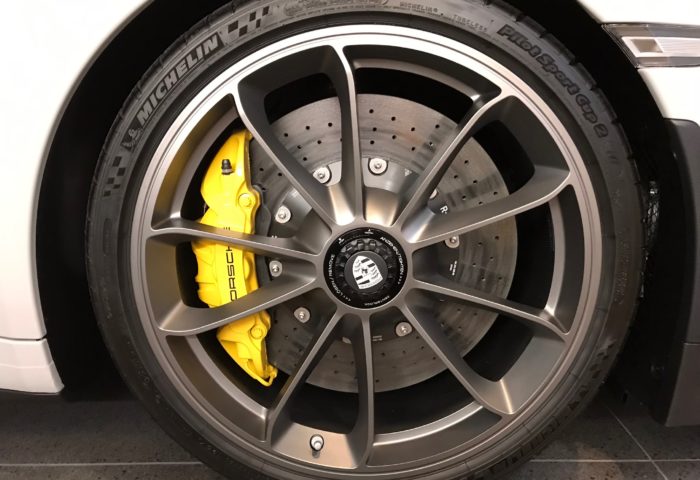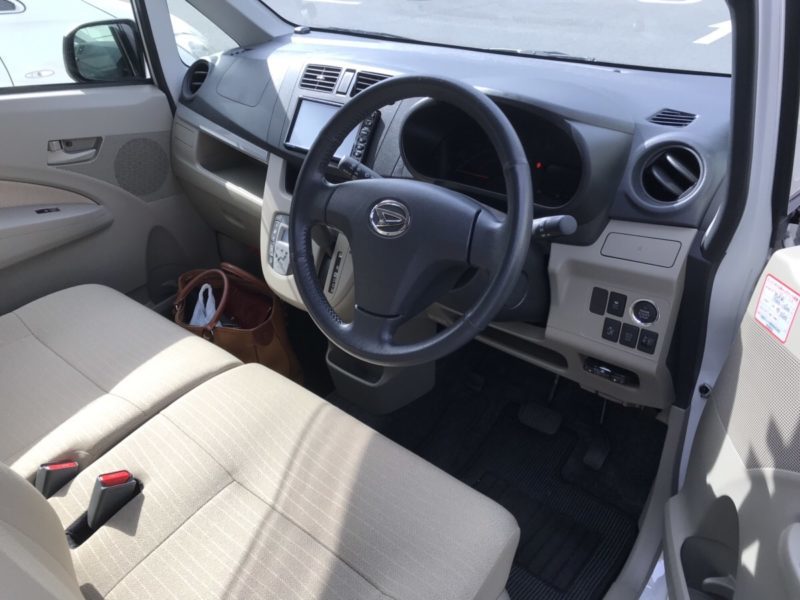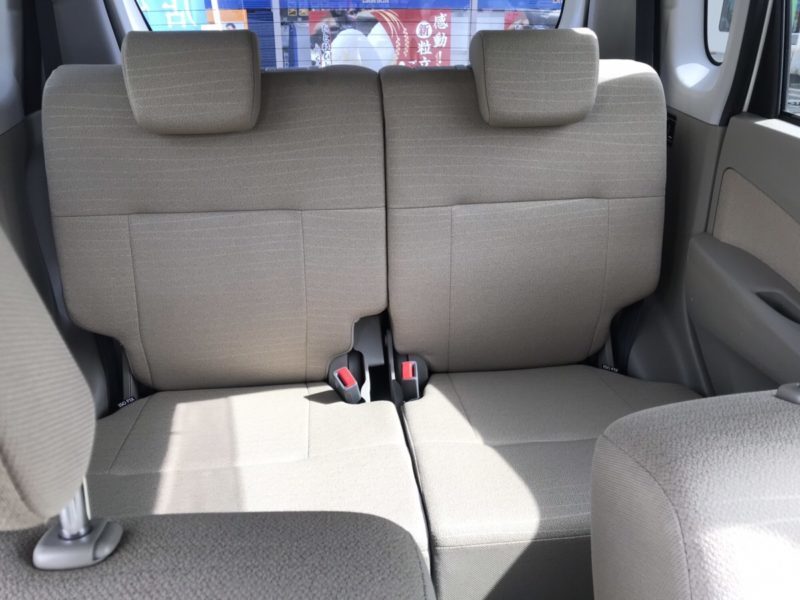How Does Driving a Kei Car Feel After Riding a Porsche?
公開日:2019.10.05

A Kei Car After Porsche
The other day, my husband had the chance to drive a kei car right after driving a Porsche. Since I thought, “It’s not often you get to drive a kei car immediately after a Porsche,” I asked him how it felt.
He drove a 2014 Daihatsu Move, and
His first impression stepping inside was, ‘It’s so spacious!!’ It had been quite a while since he last drove a kei car, but he thought, ‘No wonder these sell well with this much interior space.’ The rear legroom was ample, and the headroom was obviously generous.
That was his take.

However, he struggled to find the right seat position once seated in the driver’s seat:
When he adjusted his feet, the steering wheel felt too far away; when he adjusted the steering wheel, his legs felt cramped. He prefers a more upright seatback rather than reclined, but since it didn’t have the stepless manual dial adjustment common in European cars, he couldn’t find the perfect angle. After some trial and error, he settled on a slightly reclined position, but his elbows were far more open than the ideal 90 degrees.
I see… I wonder if sporty kei cars like the Honda S660 avoid this issue. My husband said,
I wish they’d design these cars with safety in mind so drivers can find a proper driving position. When a car or pedestrian suddenly appears or you need to swerve, it might be hard to react quickly.

Driving Feel of the Kei Car
When I asked about the actual driving experience, he said,
The initial acceleration was light and quick, easily reaching town speeds, making it easy to drive. On roads with lots of stop-and-go traffic lights, it was almost stress-free.
After that, he left the city and headed to a main road to get on the highway, but accelerating to merge with traffic felt unsettling.
Even though the engine was revving, the car didn’t pick up speed at all. It seemed to have a CVT transmission, but it didn’t quite feel right. The engine noise got louder without a matching increase in speed, which made him press the accelerator more, feeling like it would hurt fuel economy.
Then, approaching the highway interchange…
Honestly, I was scared driving through the curve to enter the highway. The tires felt like they had little grip, it was hard to tell which way they were pointing, and there was severe understeer. But after driving for a bit, I got used to it and it felt normal.
Once on the highway cruising in the slow lane,
It was surprisingly comfortable and not too noisy inside. He tried switching to the passing lane, but acceleration was too slow to keep up with traffic, so he stayed in the slow lane. Switching to S mode improved responsiveness but made the ride a bit jerky. Probably because it fixed the gear ratio low, and with the light accelerator, fine control was tricky. Another thing he noticed was that maintaining a steady speed was difficult. Unlike a Porsche with an organ pedal and a nicely weighted accelerator that makes it easy to hold a constant throttle, the Move has a suspended-type accelerator pedal that’s very light. Plus, the high seat position means your foot rests on top of the pedal, so if you’re not careful, your foot’s weight slightly presses it. So, at first, it was hard to keep a steady speed without paying close attention.
I see, that makes sense.
Curious About the S660
Many kei cars have great fuel economy (the current Daihatsu Move reportedly exceeds 25 km/l) and are easy to maneuver, making them handy for city driving.
I wonder what the ride and handling are like in sporty kei cars like the Honda S660 or Daihatsu Copen. My husband once said, “I think the S660 would be great for Mina-chan.” I’d really like to take one for a test drive sometime soon.
このブログが気に入ったらフォローしてね!


Comment ( 0 )
Trackbacks are closed.
No comments yet.